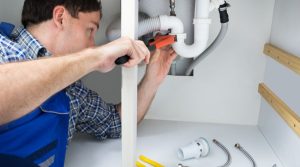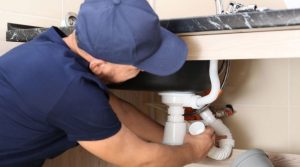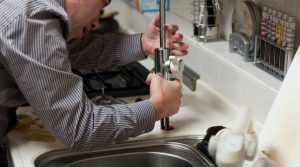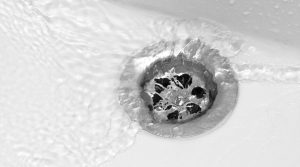Key Takeaways
- The water heater’s reset button is a safety feature that cuts power to heating elements when excessive resistance is detected.
- Locating and testing the reset button is essential for troubleshooting common water heater issues.
- Persistent problems after resetting may indicate faulty components or power supply issues, necessitating professional assistance.
- Introduction
Experiencing lukewarm showers? Your water heater’s reset button might have tripped, cutting off power to the heating elements.
Understanding the Reset Button
The reset button, often red and situated near the thermostat, serves as a safety mechanism. When the heating elements face excessive resistance, the button trips, halting power to prevent potential hazards. This is commonly the cause when morning showers turn unexpectedly tepid.
Locating the Reset Button
To find the reset button:
Turn Off Power: Ensure the water heater is disconnected from its power source to prevent electrical hazards.
Remove Access Panel: Use a screwdriver to detach the cover plate near the thermostat.
Identify the Button: Look for a red button adjacent to the thermostat, possibly behind insulation or a plastic cover protecting the wiring.
Note: While many electric water heaters have dual heating elements and thermostats, there’s typically only one reset button. If locating the button proves challenging, consult the appliance’s owner’s manual for a detailed diagram.
Testing the Reset Button
If your water isn’t heating:
Inspect the Reset Button: A tripped button may protrude or be illuminated.
Reset the System: Press the button firmly until it clicks, restoring power to the heating elements.
Monitor Water Temperature: Within an hour, check if the water reaches the desired temperature.
Persistent Issues After Resetting
If the reset button continues to trip after being pressed, potential causes include:
Faulty Thermostat: A malfunctioning thermostat may inaccurately regulate water temperature, causing overheating and triggering the reset.
Defective Heating Element: A shorted or damaged heating element can draw excessive power, leading to repeated tripping.
Electrical Problems: Issues such as loose wiring or incorrect voltage can cause the system to trip as a protective measure.
In such cases, it’s advisable to consult a licensed plumber to accurately diagnose and address the underlying problem.
Professional Assistance
If troubleshooting doesn’t resolve the issue, seeking professional help is essential. Licensed plumbers can:
Conduct Comprehensive Diagnostics
Identify and rectify problems with thermostats, heating elements, or electrical connections.
Perform Necessary Repairs or Replacements: Ensure your water heater operates safely and efficiently. For residents in Jersey City, Plumbers Jersey City offers expert water heater repair services. Schedule an appointment by calling (201) 885-7265 or visiting their booking page.
Frequently Asked Questions
Q1: Why does the water heater’s reset button trip?
The reset button trips when it detects excessive resistance in the heating elements, cutting off power to prevent overheating and potential safety hazards.
Q2: Is it safe to reset the water heater myself?
Yes, pressing the reset button is generally safe. However, ensure the power is off before accessing internal components. If the button continues to trip, consult a professional.
Q3: What should I do if the water doesn’t heat up after resetting?
If there’s no improvement after pressing the reset button, the issue may involve the thermostat, heating elements, or electrical connections. It’s best to contact a licensed plumber for a thorough inspection.
Q4: How can I prevent future water heater issues?
Regular maintenance, such as flushing the tank to remove sediment and inspecting components for wear, can help prevent problems. Additionally, setting the thermostat to an appropriate temperature (typically around 120°F) can prevent overheating.
Q5: When should I consider replacing my water heater?
If your water heater is over 10-15 years old, requires frequent repairs, or shows signs of significant wear (like rust or leaks), it may be time to consider a replacement.
By understanding your water heater’s reset button and knowing when to seek professional assistance, you can ensure a consistent supply of hot water and extend the lifespan of your appliance.







